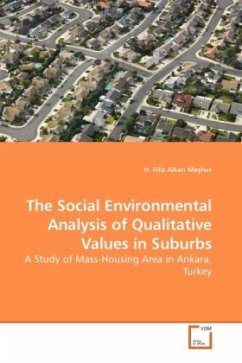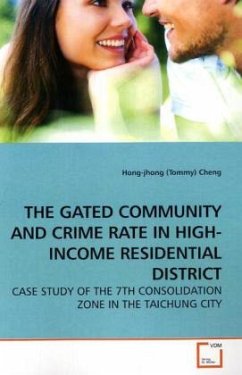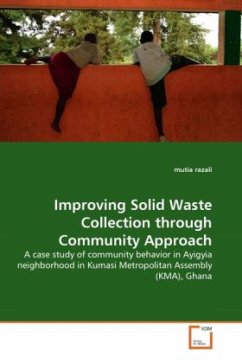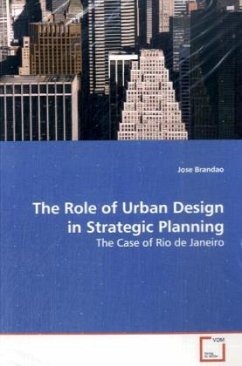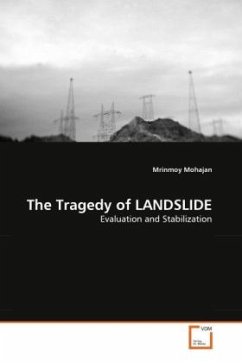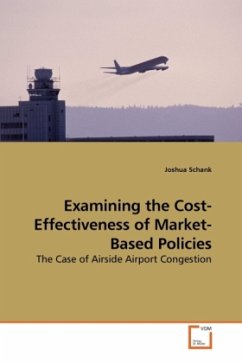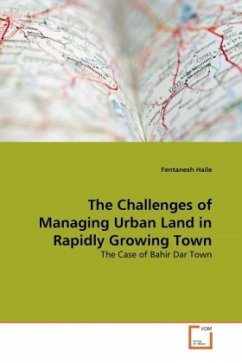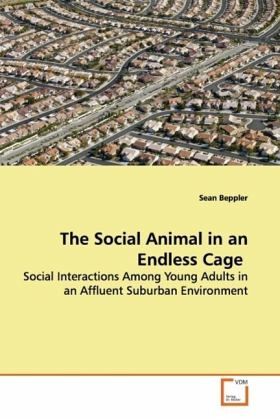
The Social Animal in an Endless Cage
Social Interactions Among Young Adults in an Affluent Suburban Environment
Versandkostenfrei!
Versandfertig in 6-10 Tagen
32,99 €
inkl. MwSt.

PAYBACK Punkte
16 °P sammeln!
Strong evidence exists that American suburbia oftenleads to increased feelings of isolation among thoseliving in its realm. In particular, a youngergeneration has come of age with few socialconnections beyond family and friends from similarsocio-economic classes. This text attempts tounderstand how young adults in an affluent suburbanenvironment interact with their neighbors. A currentliterature review is presented, followed by ananalysis on ten in-depth interviews conductedsubjects living in wealthy suburban enclaves. It wasfound that among the subjects, many indicate severeproblems communica...
Strong evidence exists that American suburbia often
leads to increased feelings of isolation among those
living in its realm. In particular, a younger
generation has come of age with few social
connections beyond family and friends from similar
socio-economic classes. This text attempts to
understand how young adults in an affluent suburban
environment interact with their neighbors. A current
literature review is presented, followed by an
analysis on ten in-depth interviews conducted
subjects living in wealthy suburban enclaves. It was
found that among the subjects, many indicate severe
problems communicating with older adults, imagining
themselves taking a leadership role in their
community, and developing broad social ties in their
neighborhood. Few feel the blame lies in the physical
space they inhabit, in fact some agreement was
present that the arrangement of their living space
contributed to creating opportunities to develop
connections with others in their neighborhood.
leads to increased feelings of isolation among those
living in its realm. In particular, a younger
generation has come of age with few social
connections beyond family and friends from similar
socio-economic classes. This text attempts to
understand how young adults in an affluent suburban
environment interact with their neighbors. A current
literature review is presented, followed by an
analysis on ten in-depth interviews conducted
subjects living in wealthy suburban enclaves. It was
found that among the subjects, many indicate severe
problems communicating with older adults, imagining
themselves taking a leadership role in their
community, and developing broad social ties in their
neighborhood. Few feel the blame lies in the physical
space they inhabit, in fact some agreement was
present that the arrangement of their living space
contributed to creating opportunities to develop
connections with others in their neighborhood.



